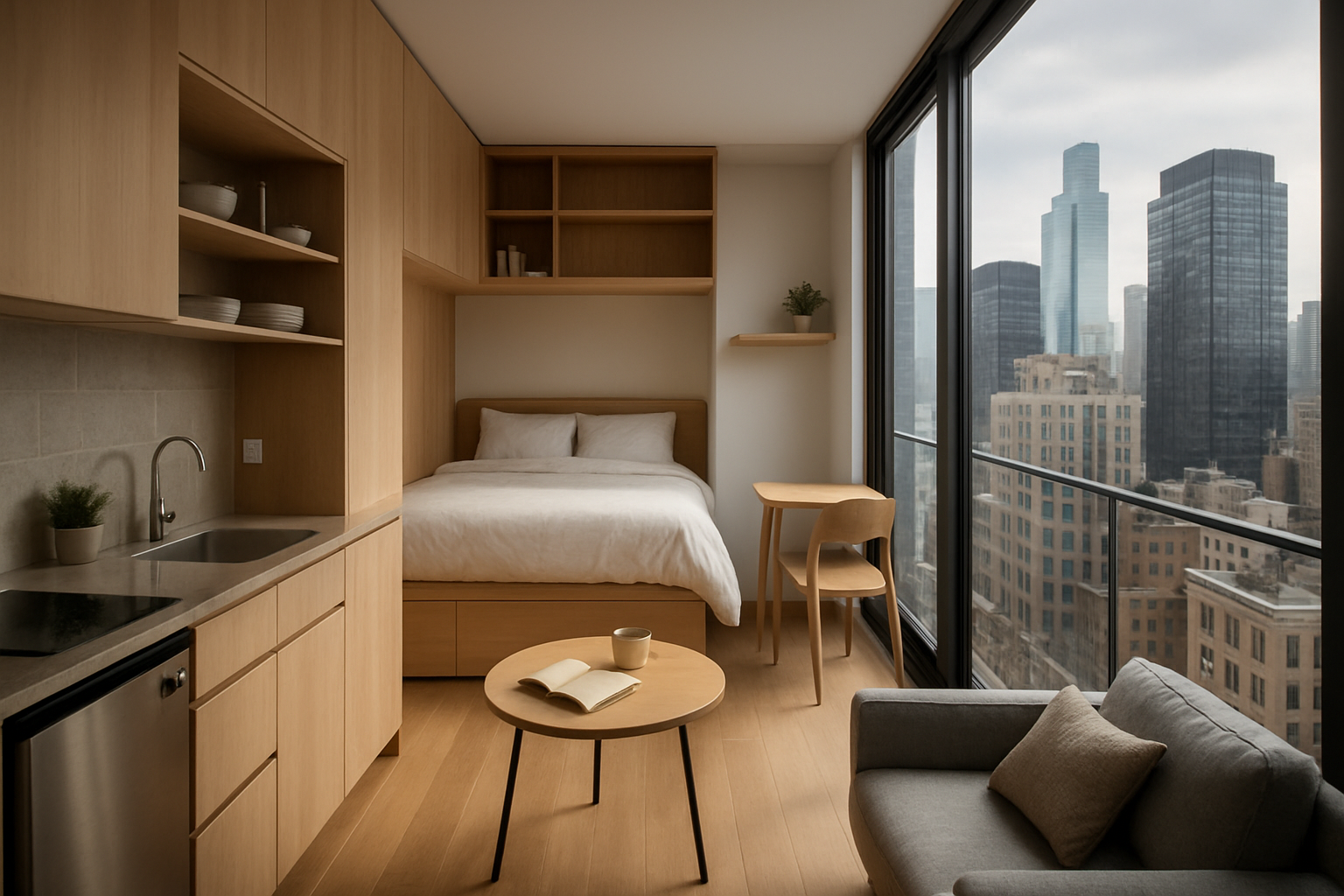"Transforming Real Estate: The Emergence of Micro Apartments"
Introduction: In the bustling urban landscapes across the globe, a new real estate trend has emerged—micro apartments. These pint-sized living spaces are redefining city living, offering a cost-effective and sustainable solution to the rising demand for urban housing.

The Birth of Micro Apartments
Micro apartments, also known as micro-units or studio apartments, trace their roots back to densely populated cities like Tokyo and Hong Kong. These tiny living spaces, often less than 300 square feet, were initially designed as a necessary response to the escalating real estate prices and the growing population in these cities. They offered a compact, affordable solution for city dwellers, who prioritized location over spacious living.
The Global Rise of Micro Apartments
In recent years, the popularity of micro apartments has spread globally. Key cities like New York, London, and Sydney have seen a surge in the development of these small-scale units. The increasing urbanization, coupled with the desire for a minimalist lifestyle and the escalating housing costs, has fueled this trend. The demand is further driven by the rise of single-person households, which is expected to grow by 1.9% annually until 2025, according to a report by Euromonitor International.
The Financial Implications of Micro Apartments
From an investment perspective, micro apartments offer a lucrative opportunity. Developers can maximize their profits by building more units within the same footprint. For renters and buyers, these apartments are an affordable entry point into high-priced city markets. However, it’s essential to understand the potential challenges. The high tenant turnover, potential zoning restrictions, and the limited resale market are all factors that could impact profitability.
Impact on the Housing Market
The rise of micro apartments has significantly impacted urban housing markets. It has introduced a new segment in the real estate market, catering specifically to the needs of young professionals, students, and downsizing retirees. On the flip side, the proliferation of these units has raised concerns about living standards and the risk of creating high-density, low-quality housing.
Future of Micro Apartments
Despite the challenges, the future of micro apartments seems promising. As urban populations continue to grow, the demand for affordable, centrally-located housing is unlikely to wane. With advancements in design and technology, these micro living spaces are becoming increasingly sophisticated, offering functionality and comfort within a limited space.
In conclusion, micro apartments are a transformative real estate trend, reshaping the way we perceive urban living. As with any investment, understanding the market dynamics, potential risks, and rewards is crucial. Whether you’re a real estate investor or a city dweller looking for affordable housing, micro apartments offer a compelling proposition. As we navigate the evolving real estate landscape, staying abreast of such trends is essential.





